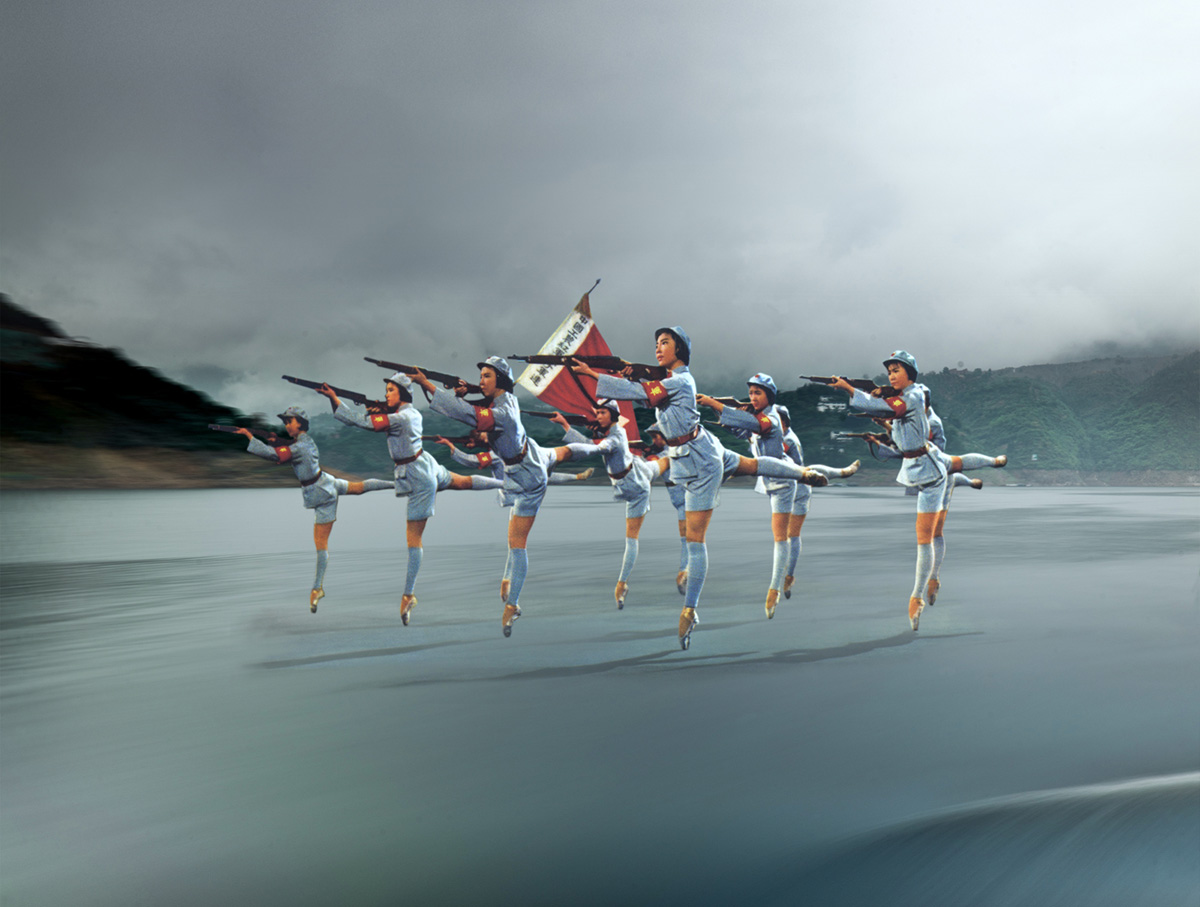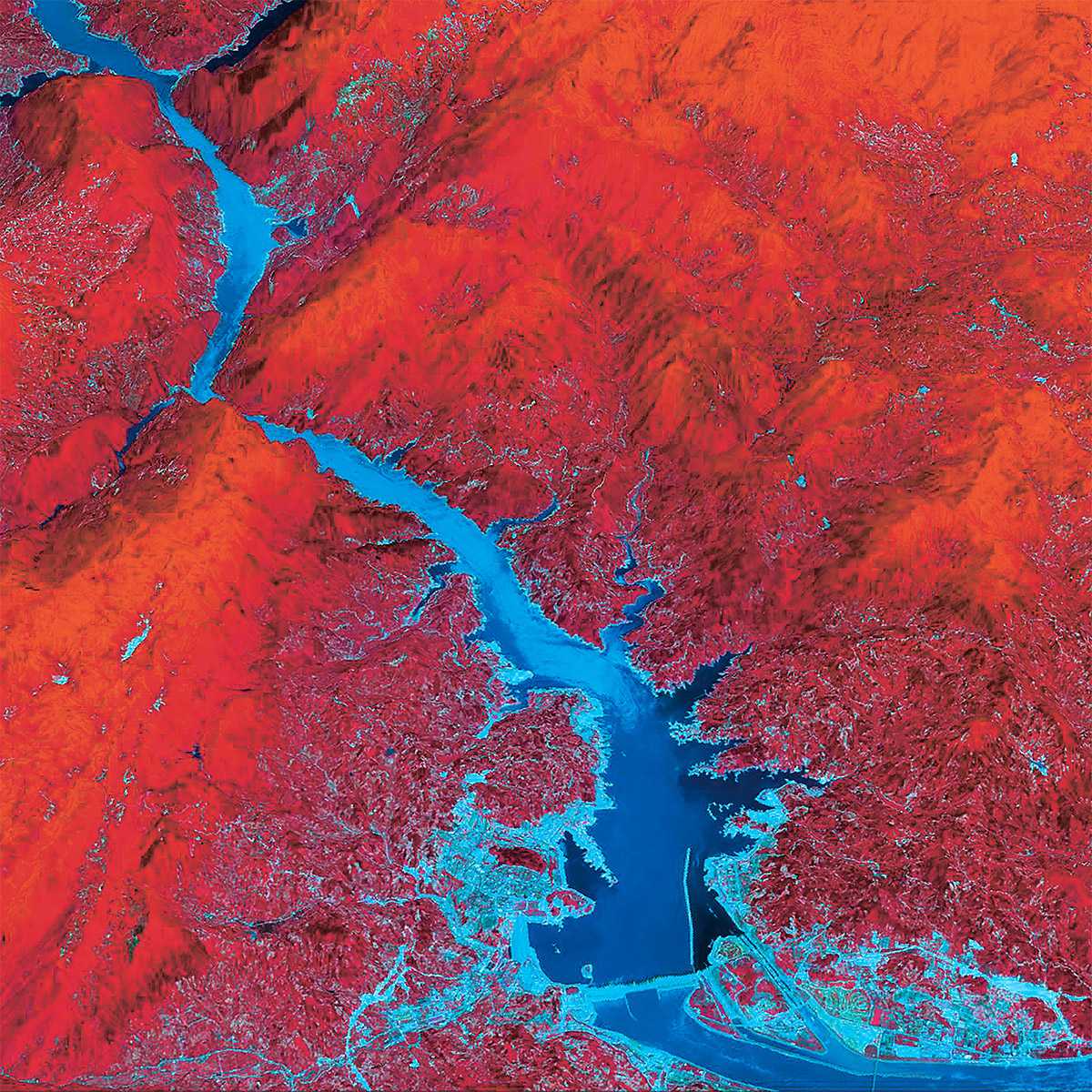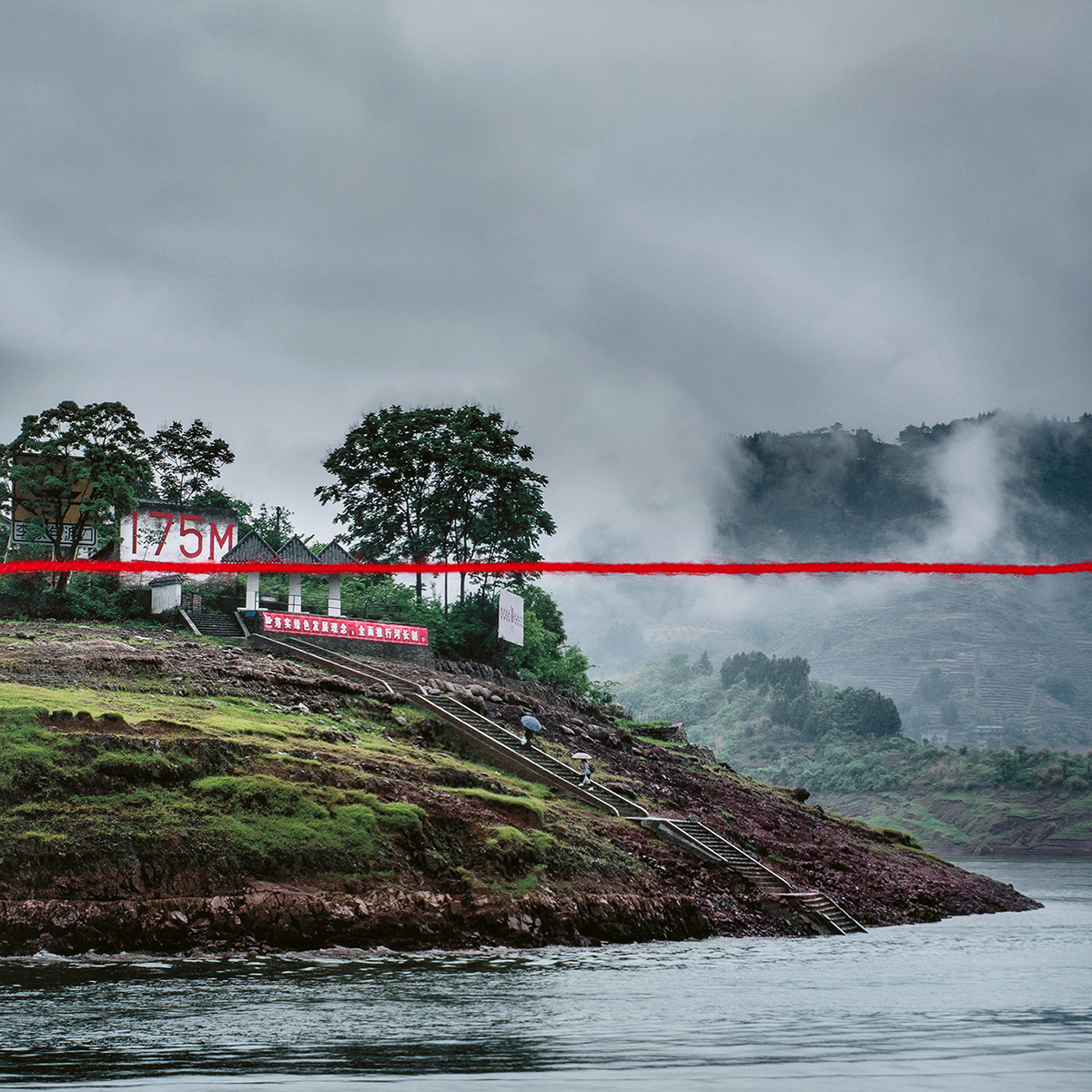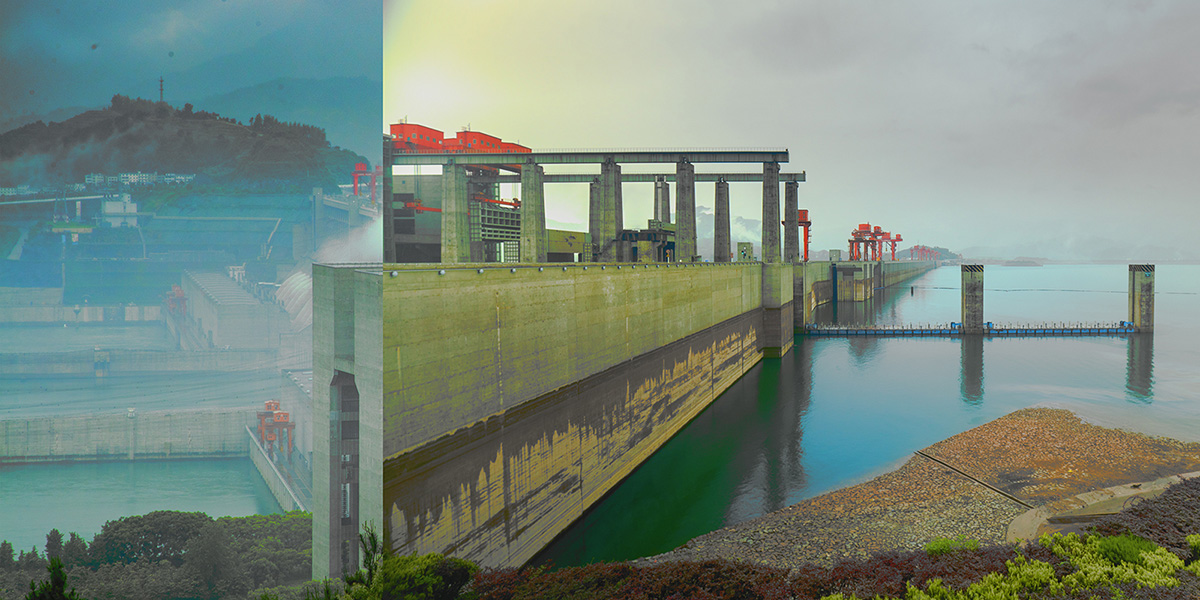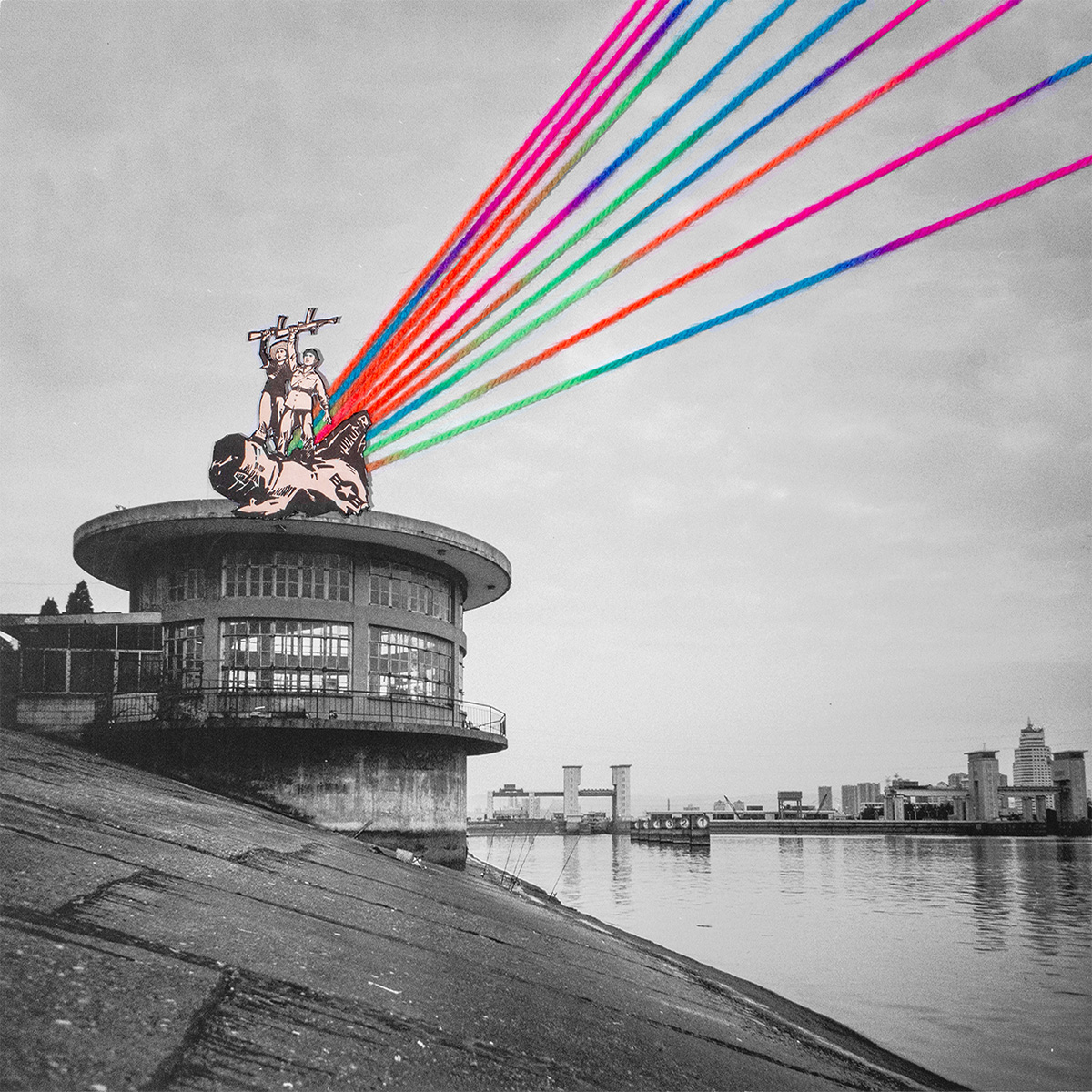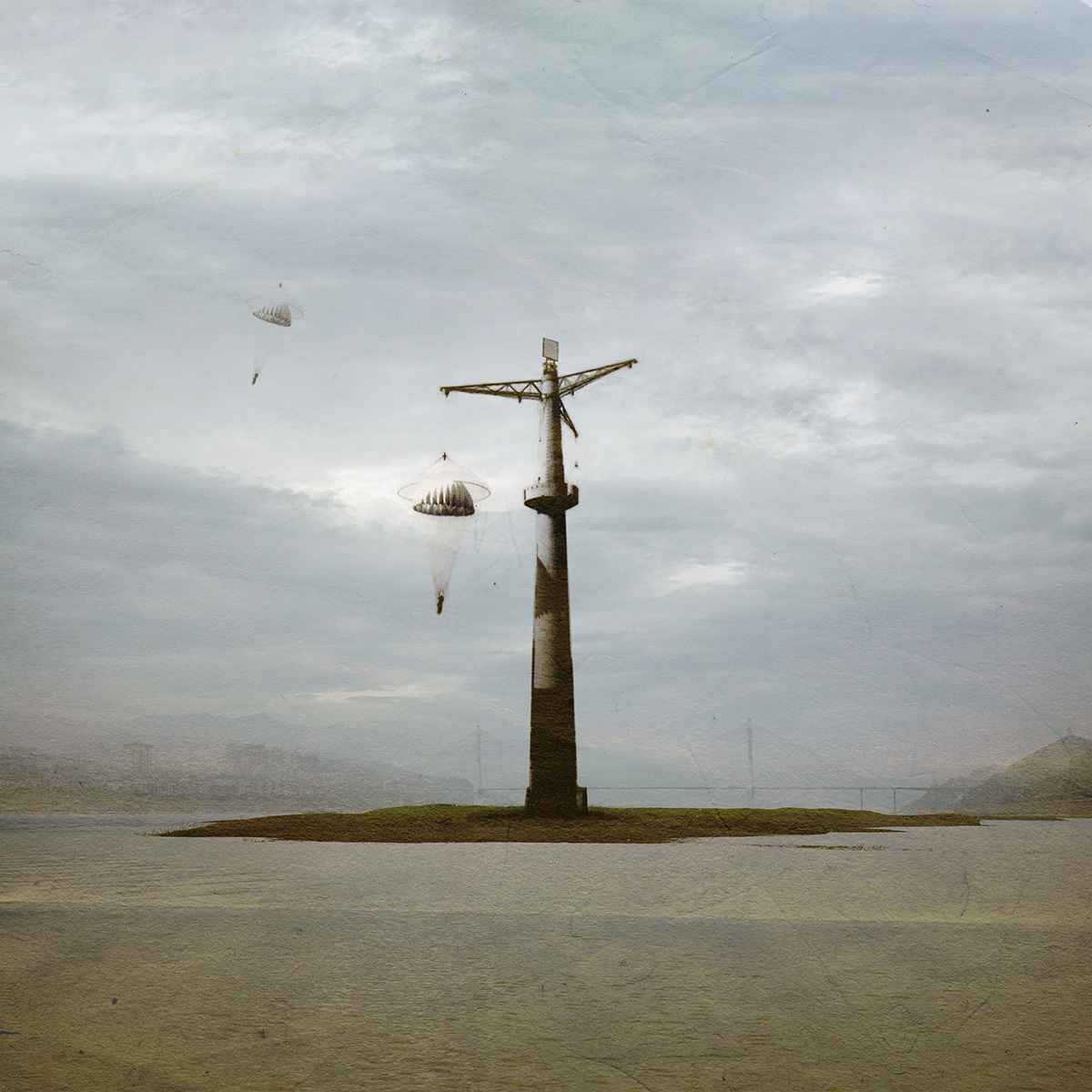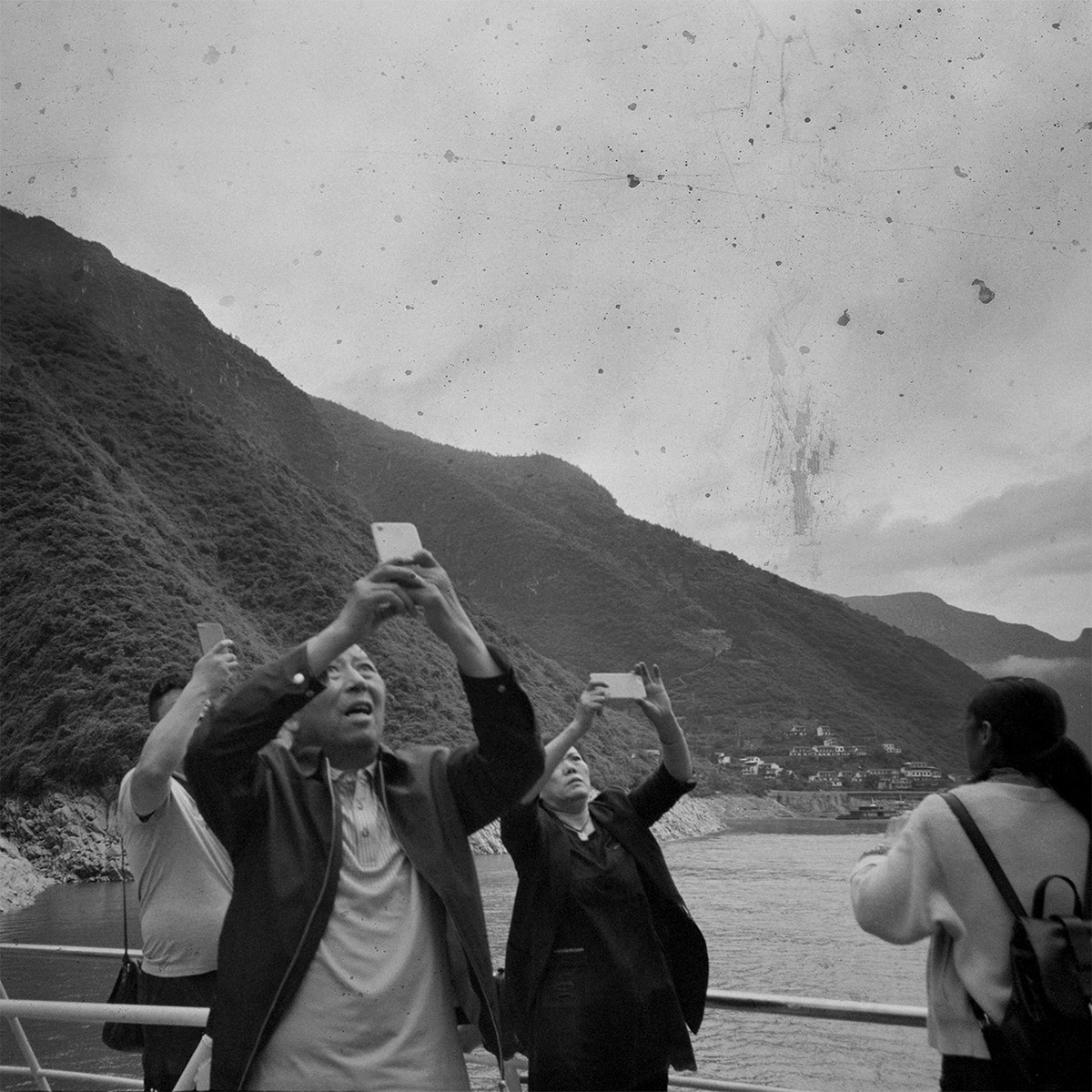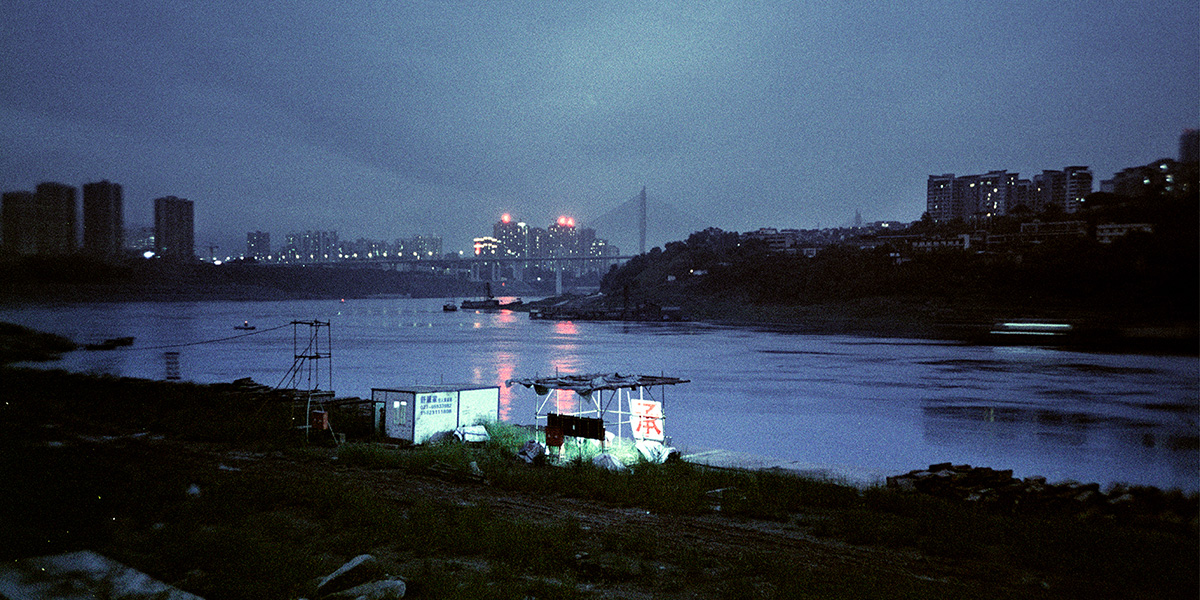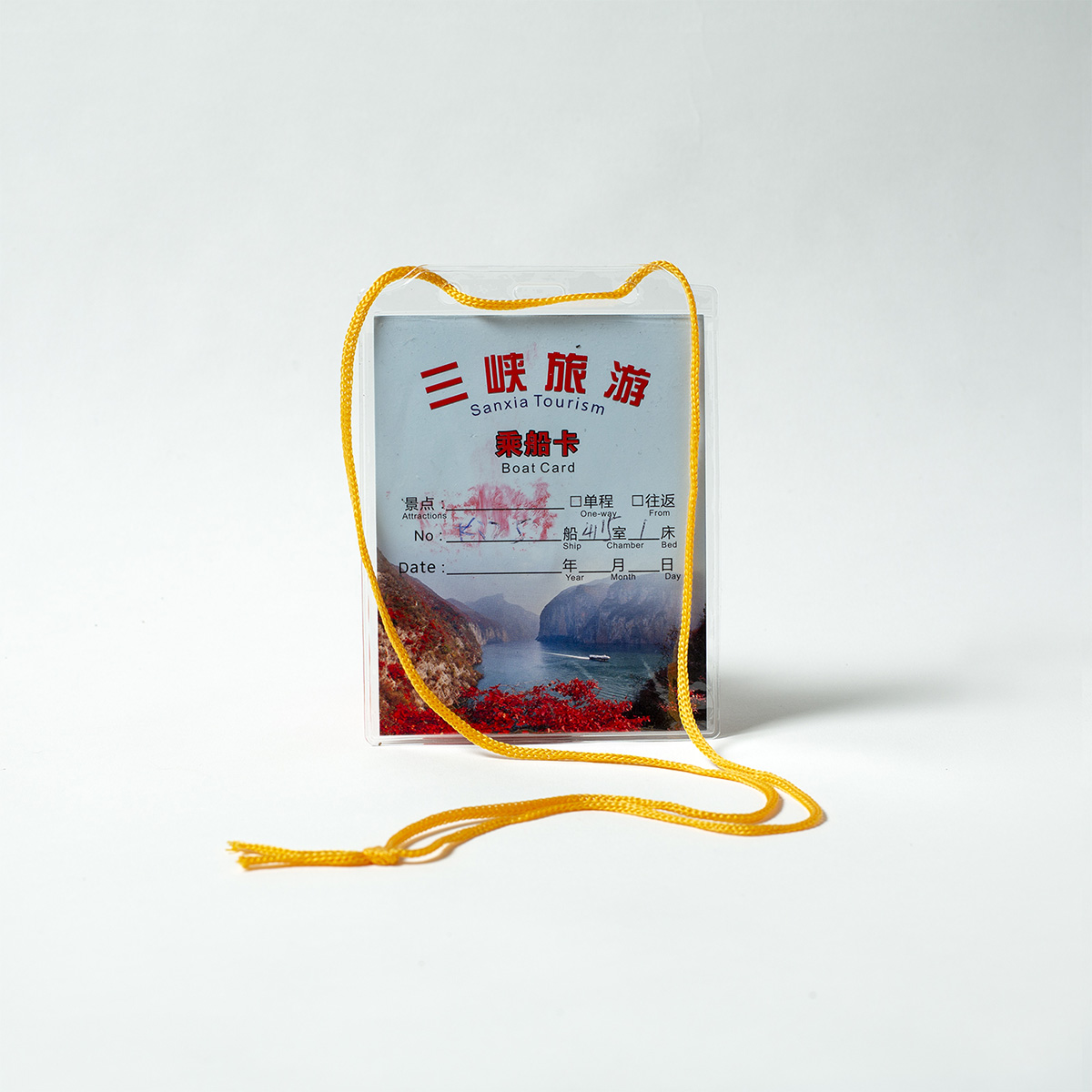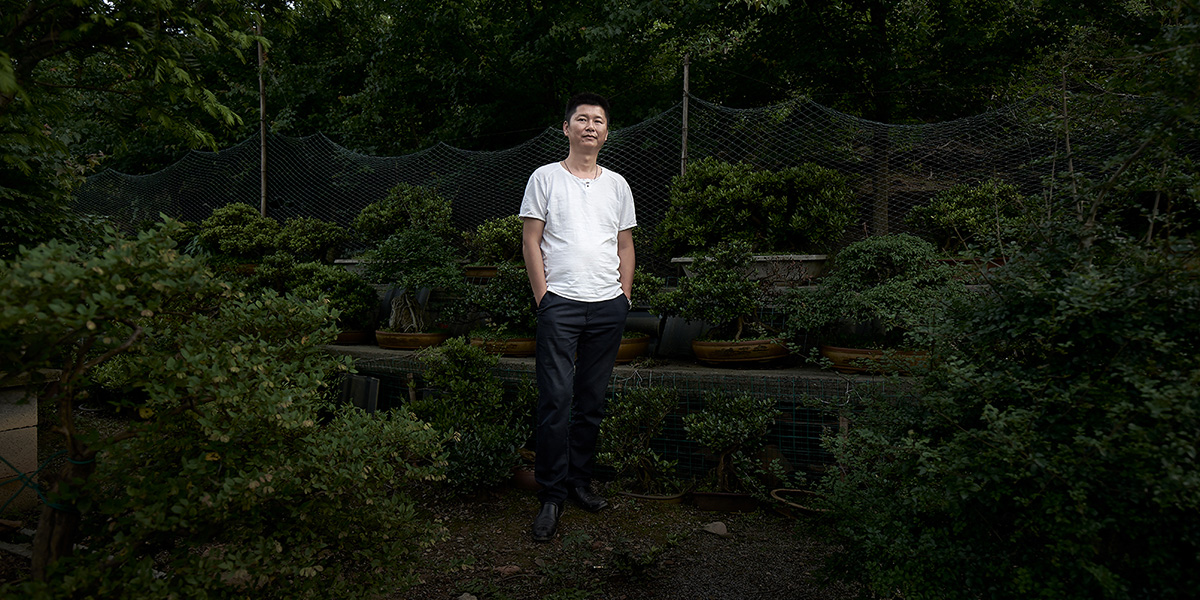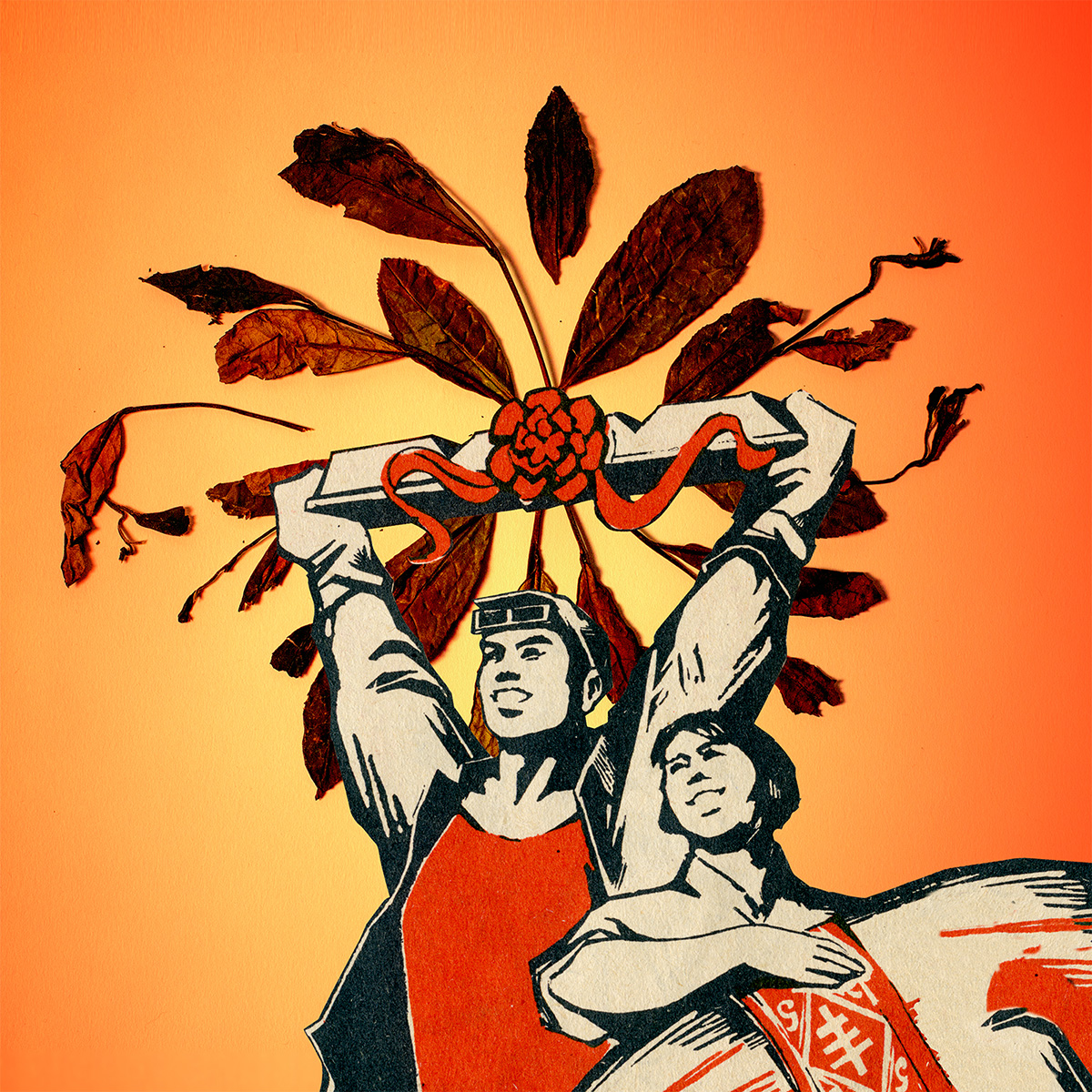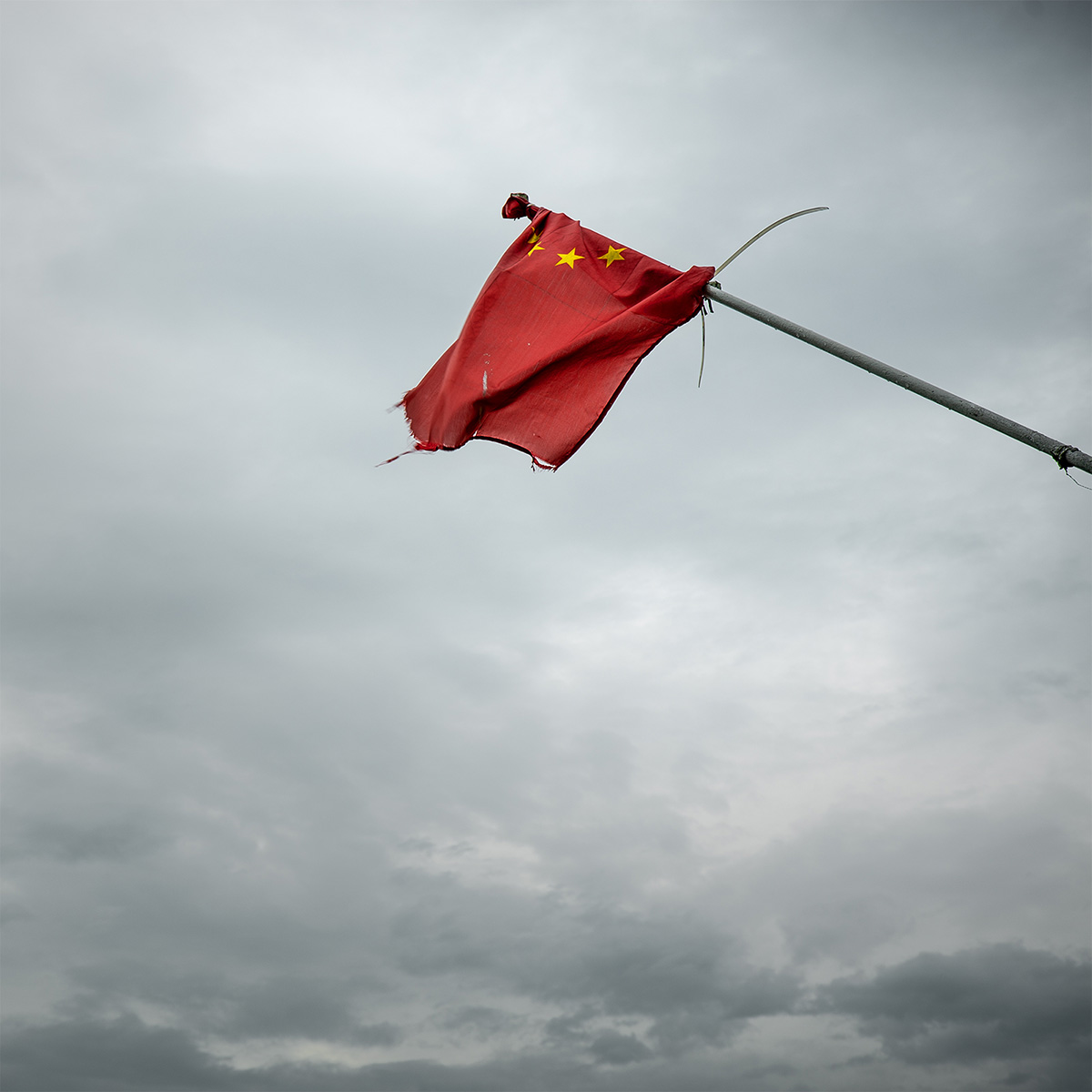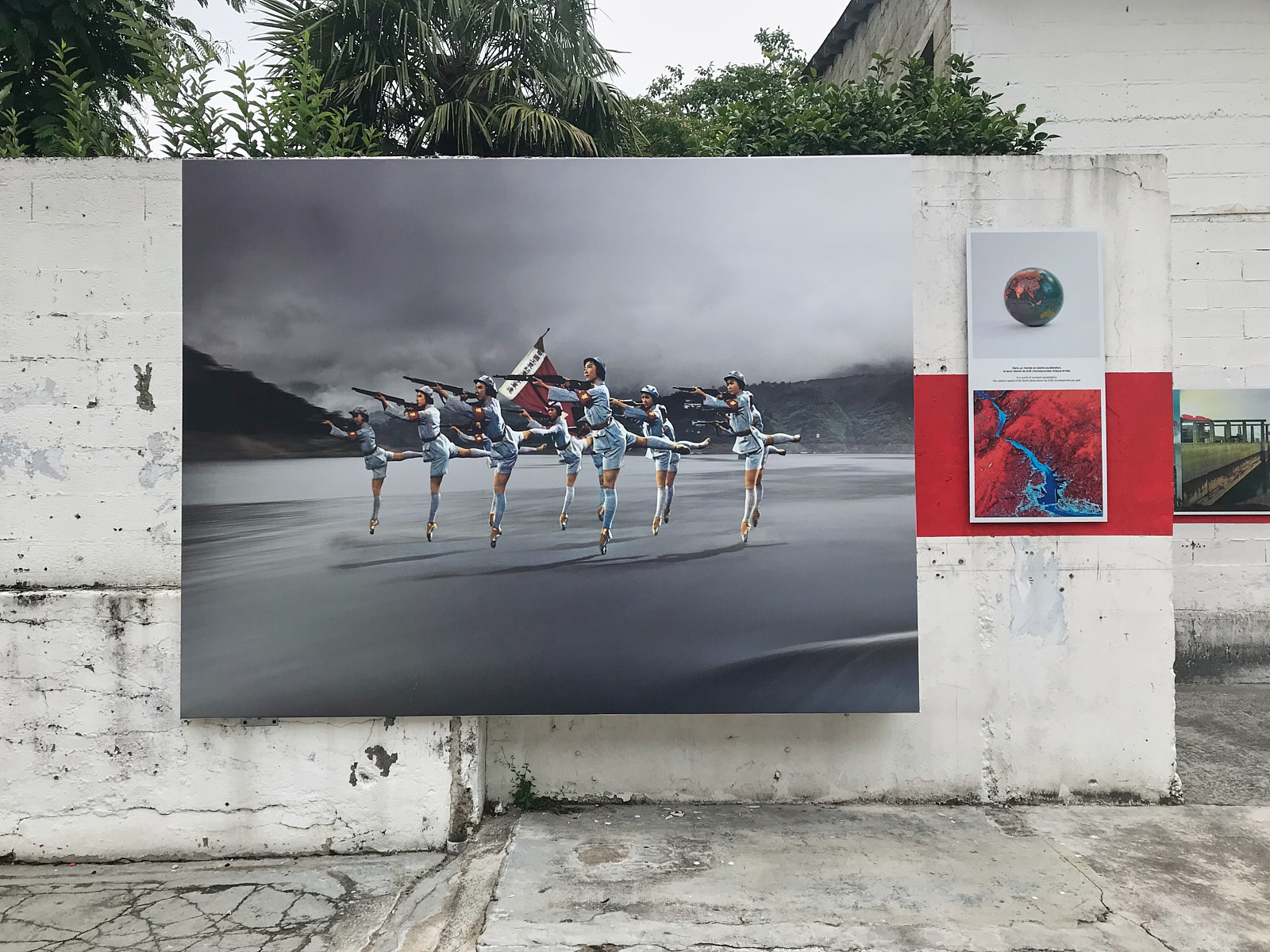Chine 0.06
Le barrage des Trois-Gorges est la première construction humaine qui, par la présence d’une si grande quantité d’eau concentrée artificiellement en un seul endroit, modifie l’inertie de la planète et ralentit la vitesse de rotation de la Terre de 0,06 microsecondes/an [1] par l’effet de la force centrifuge.
Troisième attraction touristique du pays, prouesse architecturale et fierté nationale, le barrage est aussi et surtout une épée de Damoclès. Le réservoir a englouti une zone fertile où étaient cultivées près de 40 % des denrées agricoles chinoises. Depuis la mise en service du barrage en 2009, le niveau des eaux du Yangzi se retrouve surélevé de 175 mètres. 140 petites villes,1 352 villages, 1 600 usines et 700 écoles ont été submergées. 1 400 000 personnes ont été déplacées.
L’un des plus grands objets de propagande de l’histoire de la Chine post-Maoïste, le barrage des Trois- Gorges illustre la définition de l’homme comme « maître et possesseur de la nature » énoncée par Descartes. Une toute-puissance, un culte du « no limit » qui contrevient pourtant violemment aux principes fondateurs de la Chine traditionnelle, inspirée quant à elle du Taoïsme, du Bouddhisme et du Confucianisme.
La décontextualisation temporelle des images de propagande d’époque via l’incrustation, le collage ou le photomontage révèle le basculement majeur du XXe siècle au XXIe siècle : du politique (révolution culturelle de Mao) à l’économique (révolution numérique de Xi Jinping). La propagande contemporaine est à mon sens d’ordre consumériste. Elle se joue plus particulièrement au travers de ces « objets nomades totalitaires »[1] que sont par exemple les smartphones, traceurs-espions pas plus grands qu’une main à la portée de tout pouvoir étatique et commercial. Le règne du techno-capitalisme est en effet fondé sur l’auto-aliénation qui consiste à « rendre désirables les vecteurs de notre soumission de façon à ce que chacun vienne de lui-même livrer ses données personnelles au Big Data » [2].
En Chine, laboratoire de la surveillance numérique de masse, au gouvernement autoritaire de Big Father Xi Jinping. L’esthétisme des images de propagande sont ainsi revisitées, invitant le spectateur à interroger l’articulation entre discours, image et dispositif. Aujourd’hui, 0,01 % de la masse animale menace les 99,99 % autres d’extinction. C’est l’œuvre de l’Homme. Un Homme qui joue et jouit de la nature sans en maîtriser ses lois. Un Homme sans conscience ni humilité, qui s’apprête à perdre sa liberté ?
[1] Source NASA
[2] Comme l’écrivain Alain Damasio l’appelle
The Three Gorges dam is the first human construction that, by centrifugal force effect, modifies the inertia of the planet and slows down the rotation speed of the Earth by 0.06 microseconds per year [1] due to the presence of a large quantity of water artificially concentrated in one place.
The dam is the country’s third touristical attraction, considered both as an architectural prowess and a national pride. But it is also and above all a sword of Damocles. The reservoir has engulfed a fertile land where around 40% of Chinese agricultural products were grown. Since the dam opening in 2009, the Yangzi water level been raised by 175 meters. 140 small towns, 1,352 villages, 1,600 factories and 700 schools were submerged. 1,400,000 people have been displaced.
The dam is also one of the greatest propaganda objects in the history of post-Maoist contemporary China. It illustrates the definition of man as «master and possessor of nature» as Descartes put it. Yet, this desire of omnipotence, this «no limit» cult violates the founding principles of traditional China, inspired by Taoism, Buddhism and Confucianism.
The temporal decontextualization of vintage propaganda images via inlay, collage or photomontage is meant to reveal the major paradigm shift from the 20th to the 21st century: from a political paradigm (Mao’s cultural revolution) to an economic paradigm (Xi Jinping’s digital revolution). Today propaganda sounds like a consumer injunction, but subtler than advertisement, based on “self-alienation”.
It progresses thanks to individual hansized “totalitarian nomadic objects” [2], such as smartphones or smartwatches, that have become tracking vectors or spies within the reach of all States and commercial powers.
The reign of techno-capitalism is thus based on making the vectors of our voluntary submission desirable so that all of us end up delivering our personal information to Big Data.
In China, to the authoritarian government of Big Father Xi Jinping, who manages his country like a mass digital surveillance laboratory.
The propaganda images aesthetics are revisited so as to leave the viewer free to question the image ambivalence.
Today, 0.01% of the animal mass threatens the 99.99% others of going extinct.
It’s the work of Man. A man who plays with nature without respecting its rules and limits.
A man who seems to have lost his conscience or humility, and may be about to lose his freedom as well.
[1] Source NASA
[2] as the writer Alain Damasio likes to call
